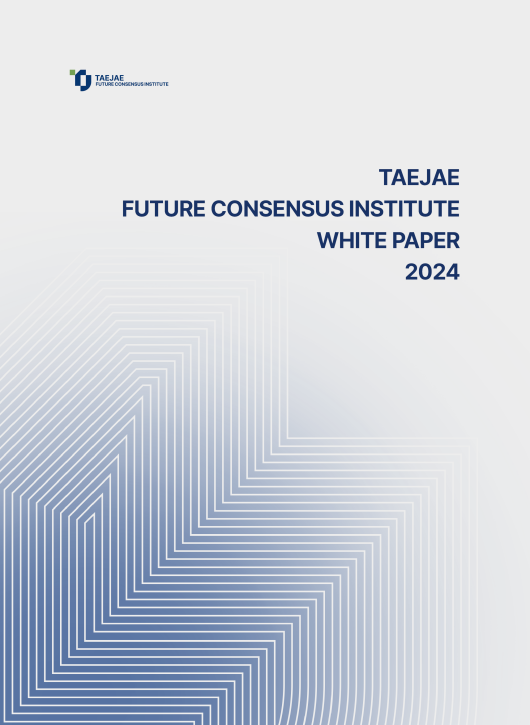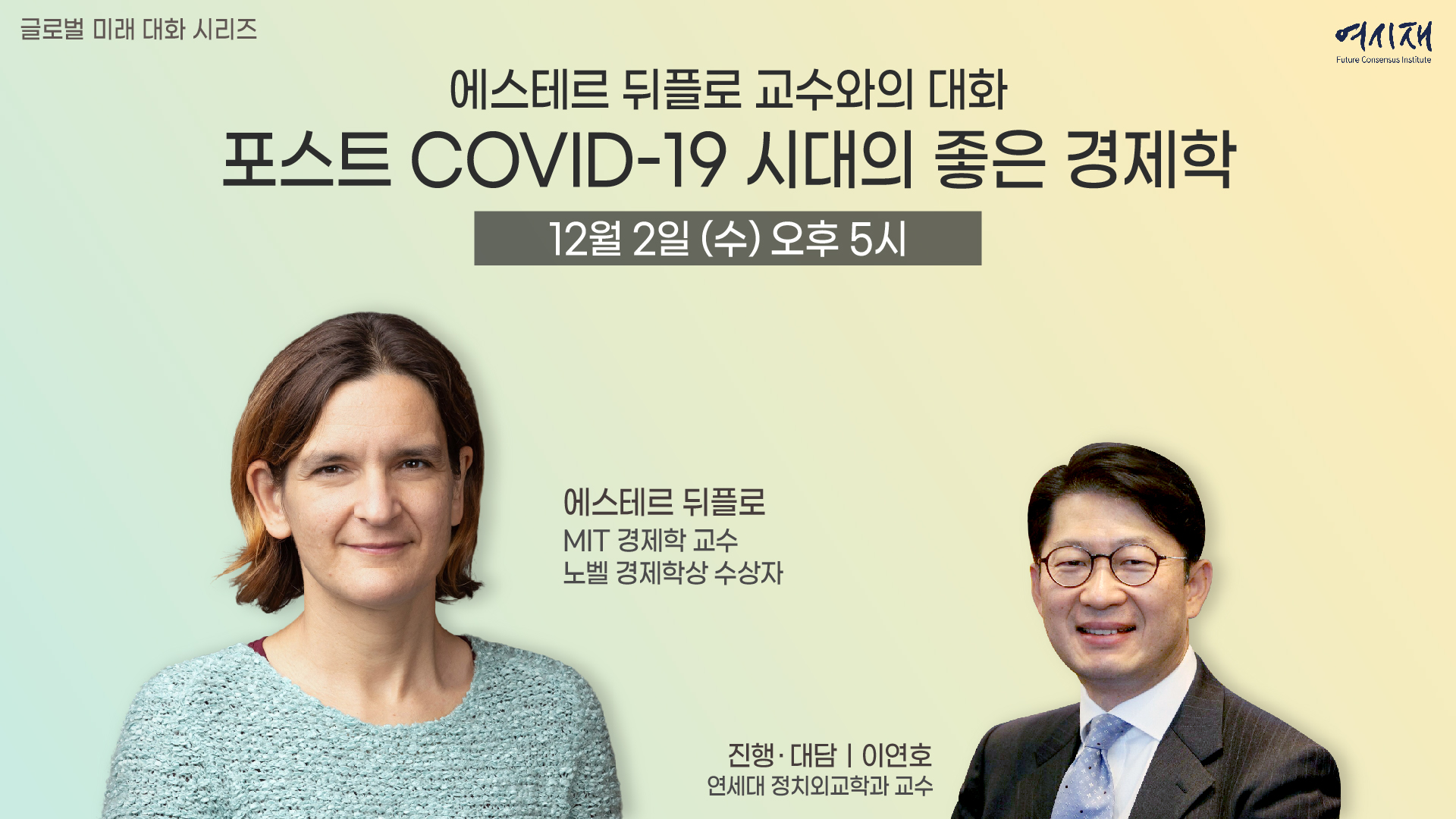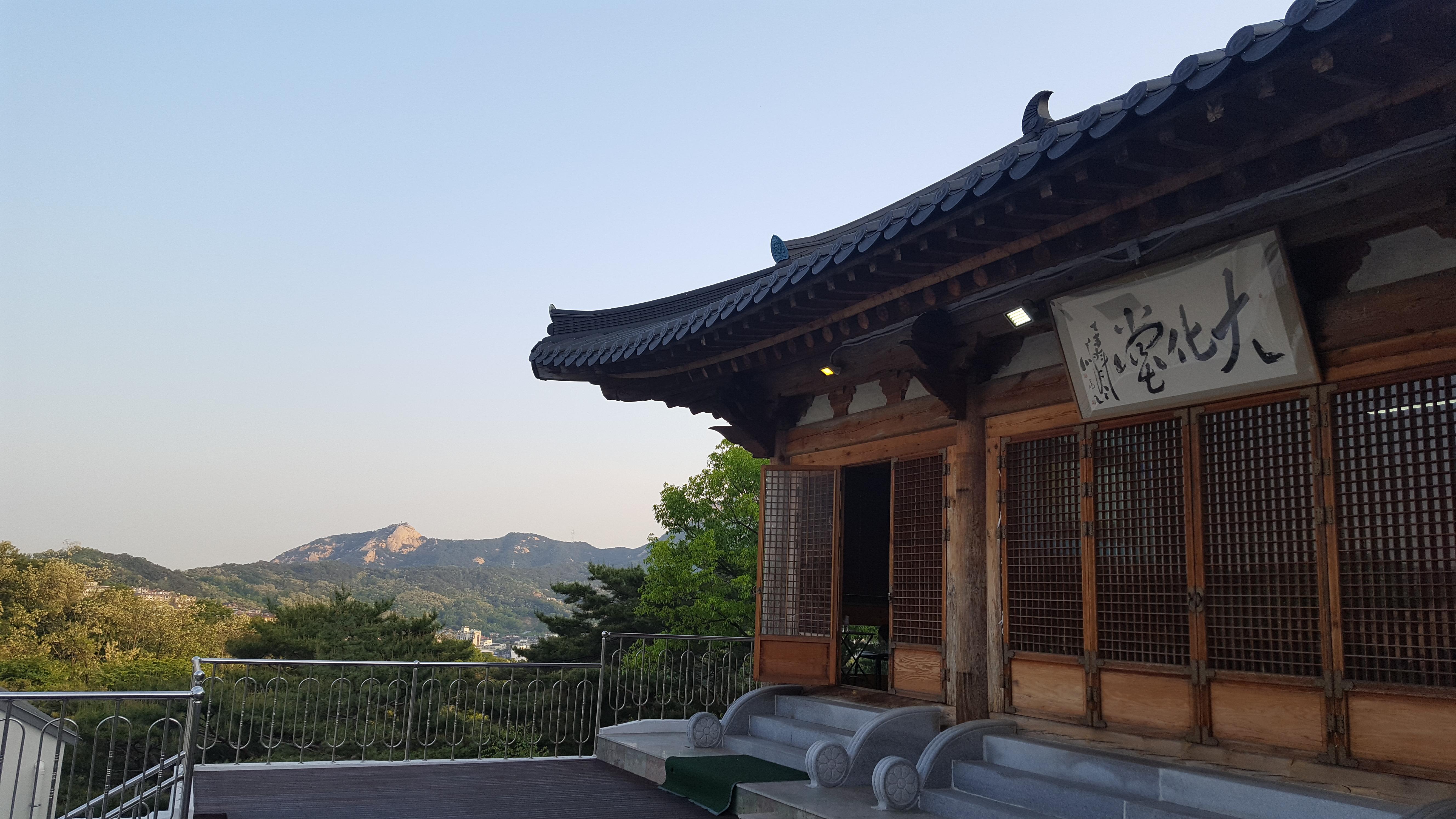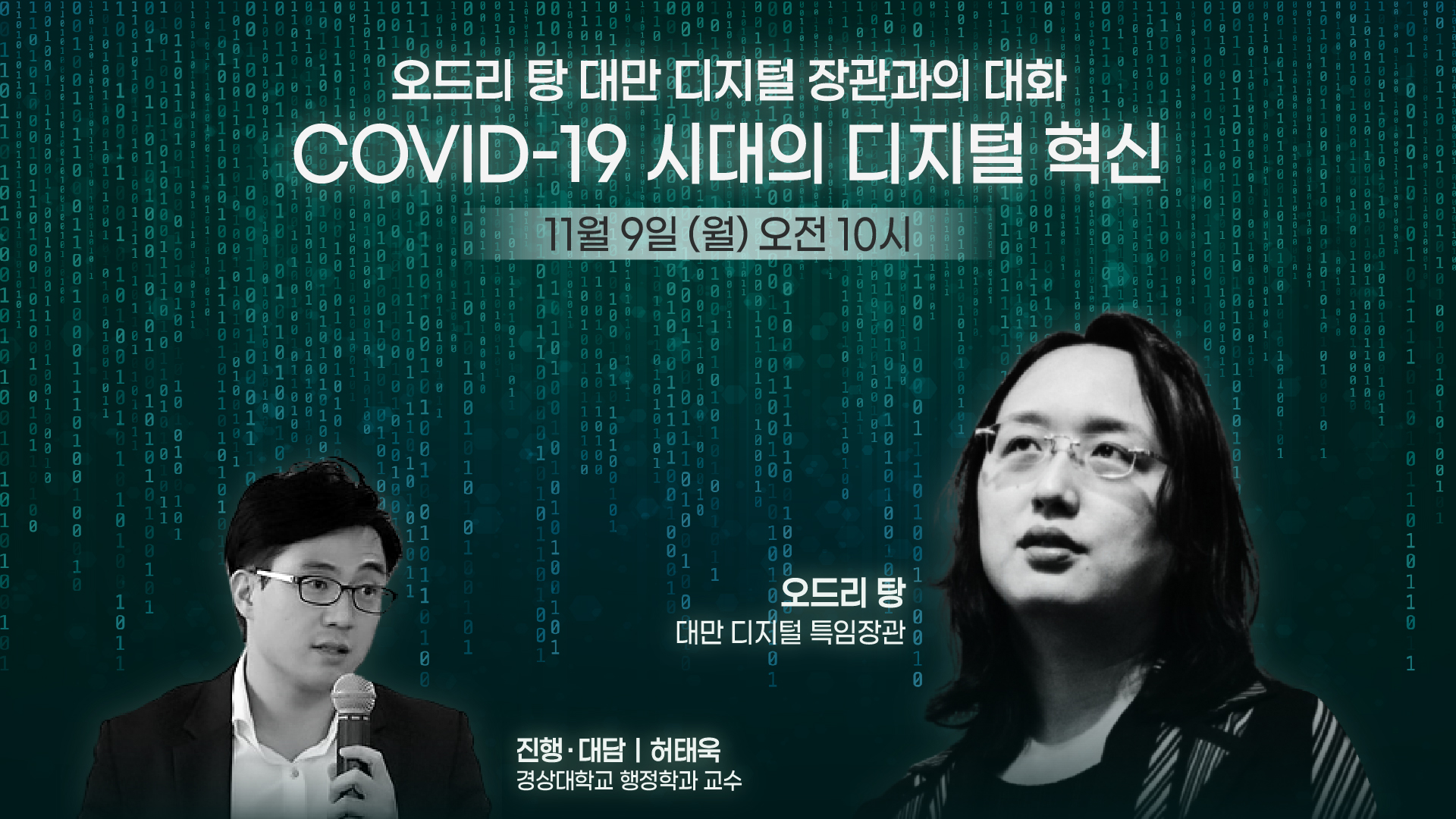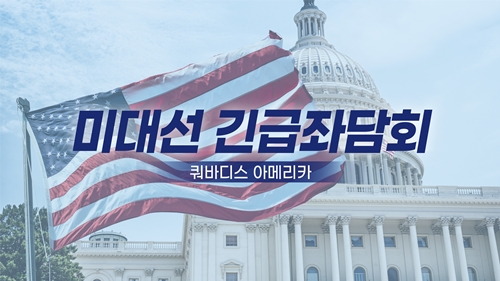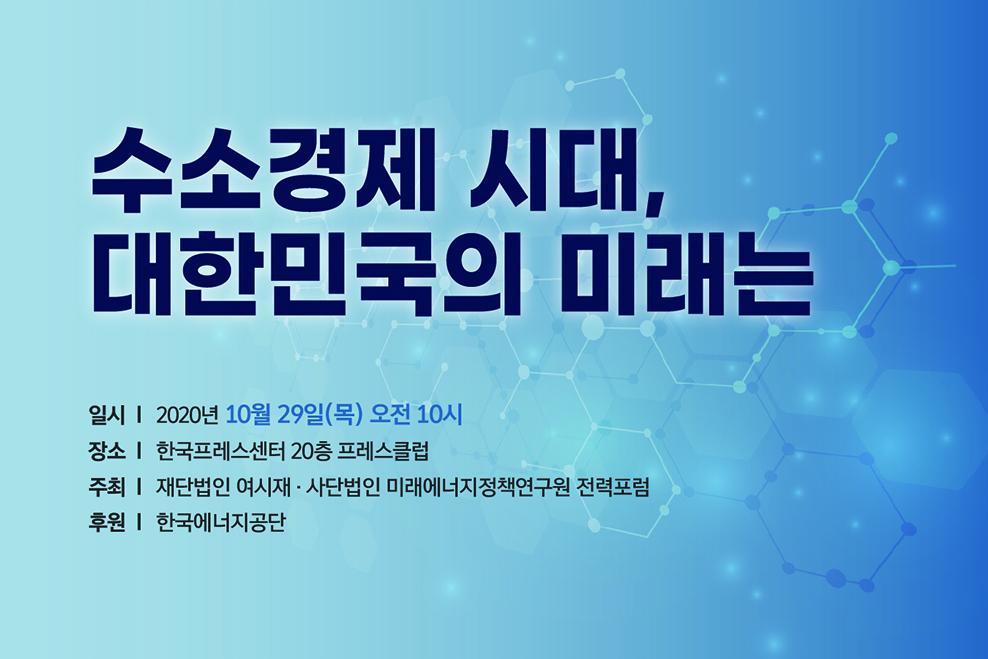Please join Yeosijae as we build a brighter future for Korea. Create your account to participate various events organized by Yeosijae.
- Insights
- |
- Digital Society
“Our role is to bridge the gap between technological revolution and social evolution.”
- Guest lecture by Sung-Roh Yoon, the Chairperson of the Presidential Committee on the Fourth Industrial Revolution
- AI semiconductors are a catalyst for the Fourth Industrial Revolution… As a semiconductor powerhouse, South Korea has the potential to lead the future
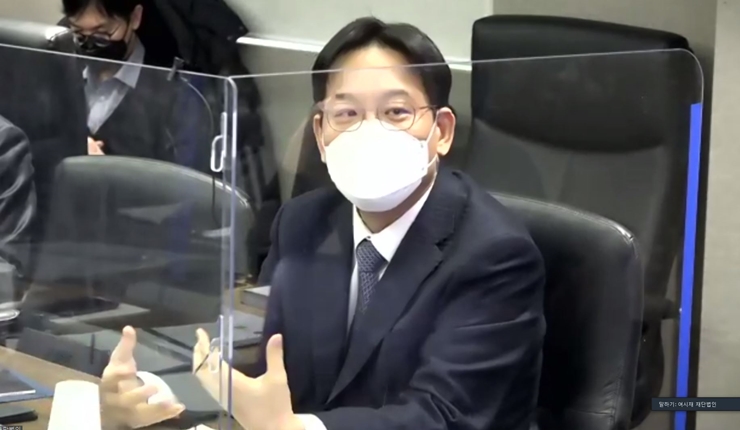
at Yeosijae – March 2021.
Fierce competition for global leadership in the Fourth Industrial Revolution (4IR) era is underway. Recognizing the need for a comprehensive response in the face of an inflection point of this great transformation, South Korea established the Presidential Committee on the Fourth Industrial Revolution (PCFIR) in 2017. With reforms earlier this year expanding the committee’s role as a data control tower, PCFIR unveiled the “Korea Data 119 Project”, outlining 11 tasks and 9 services that aim to vitalize the digital economy.
Having envisioned a future where South Korea plays a prominent role in developing a new global order, Yeosijae invited Sung-Roh Yoon, the Chairperson of the Presidential Committee on the Fourth Industrial Revolution, to speak to us on March 4. Delivering a lecture titled The Fourth Industrial Revolution: The Start of South Korea’s Digital Transformation, Chairperson Yoon emphasized the need to foster a culture of flexible, open-minded innovation in not only education and research but also in society at large to ensure a successful transition in the Fourth Industrial Revolution. Below are some of the ideas that he shared during his presentation.
China outstrips the U.S. in the number of AI journal publications;
Germany and Japan are also increasing their competitiveness
We are living in the era of the Fourth Industrial Revolution. Of the different technological pillars of the Fourth Industrial Revolution, South Korea is particularly focusing on ICT-enabled innovations. However, amid the ongoing wave of 4IR, South Koreans are facing an “anxiety in abundance” despite the prosperity in our age. COVID-19 added change and uncertainty to our world. The pandemic threatened traditional jobs, and its fallouts are likely to blight young job seekers for the years to come. Projected employment growth in South Korea is at its lowest since the Asian Financial Crisis, and the unemployment rate is also at a historic high. Anxiety about the future of work is increasing day by day. With many jobs expected to be replaced by technology in the future, there are questions and concerns today as to how we will tackle this problem.
Globally, competition for leadership in the Fourth Industrial Revolution is underway in various areas. Amid intensifying US-China conflict, neither the U.S. nor China is backing away from the race for technological hegemony. However, despite ongoing pressure from the U.S., China is leading the Fourth Industrial Revolution. China is said to have surpassed the U.S. in the number of AI journal publications. Though the U.S. has been leading the Fourth Industrial Revolution on the backbone of Silicon Valley, China is quickly catching up. Germany and Japan are also considered to have effectively used big data and AI to strengthen their already strong manufacturing bases.
The D.N.A. of the Fourth Industrial Revolution:
Data-Network-AI
We refer to the three core pillars of the Fourth Industrial Revolution as its D.N.A, taking the first letter of each of the pillars (Data, Network, and Artificial intelligence). At the Presidential Committee on the Fourth Industrial Revolution, our job is to develop practical policies on these three pillars and yield results. In today’s world, data is considered a valuable resource that is even regarded as the “oil” of the Fourth Industrial Revolution. The majority of the world’s largest companies by market capitalization today are data-enabled platform businesses. Tesla, one of the most talked-about companies in the world today, once described itself not as an automobile manufacturer but as a mobility data platform business. Their cars are essentially moving group sensors, so it can be assumed that Tesla plans to utilize the vast amount of data collected from their cars on other business ventures.
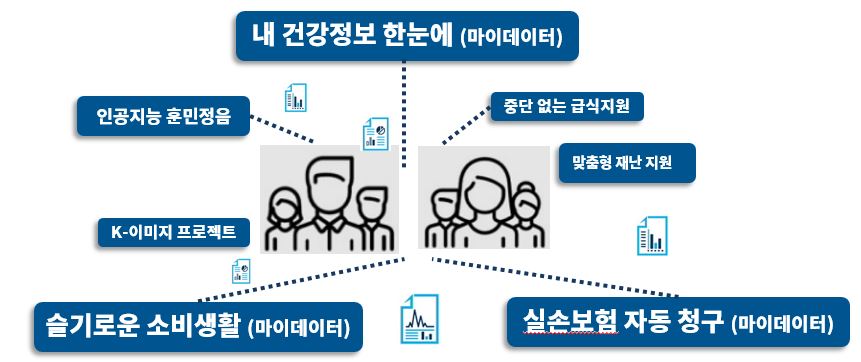
(Source: Sung-Roh Yoon’s presentation slides)
South Korea is a ‘network’ powerhouse
Focusing on ICT-based Intelligent Revolution
South Korea is a globally recognized ‘network’ powerhouse. We were the first to commercially launch 5G services in April 2019, beating the U.S. to the punch. Now, once we expand our national 5G coverage, we will need ambitious R&D efforts to get a head start on the 6G race. Consequently, we plan to start 6G standardization efforts in 2021, commercialization by 2028, and offer full services from 2030 onward. Being involved in the standardization process is critical in the telecommunications sector. By leading the development of 6G technology, we must make sure that we do not lose our grip on the network sector. We will also see multi-dimensional networks, such as Starlink’s (or Space X’s) low earth orbit (LEO) satellites, grow in importance in the future.
Artificial Intelligence – the driving force of the Fourth Industrial Revolution
It is important to note that artificial intelligence today can process datasets with significantly more variables than before. The kinds of data that we see every day—from audio to video and text—are high-dimensional data. Big data analysis and artificial intelligence have enabled the effective use of these data, and that is the big A.I. “boom” that we experienced. Now, there is work being done to bring artificial intelligence into various fields, from data visualization to the bio industry. OpenAI has developed a natural language processing (NLP) model that can process an unimaginable number of variables. Through the use of reinforcement learning, Google’s Muzero, which was introduced after AlphaGo, mastered various games without knowing their rules. Google’s AlphaFold 2, in under 30 minutes, discovered the structure of a protein that had scientists stumped for a decade—an incredible innovation that, some even argue, deserves a Nobel prize.
Combining AI with other disciplines:
South Korea should lead the AI semiconductor industry
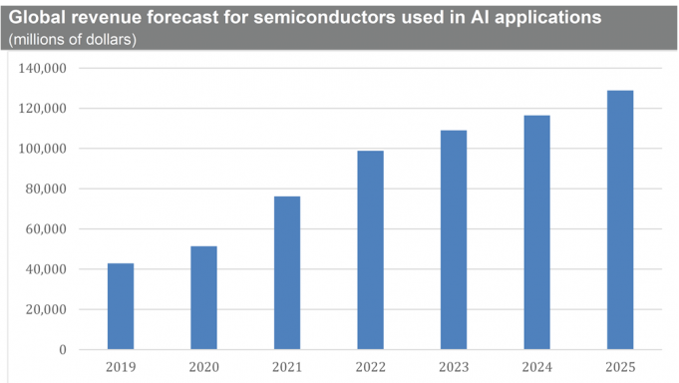
(Source: IHS Markit (2019) / Sung-Roh Yoon’s presentation slides)
Many people today are interested in using AI and big data to make money. Artificial intelligence is now compared to electricity. Though generating electricity is important in and of itself, we can do many more things with it once it is generated. Likewise, AI itself will not generate profit but rather create opportunities in other areas with its uses. Many experts today are focusing on making AI more compact. Semiconductors that are required to run AI algorithms will become increasingly important. Since South Korea is a semiconductor powerhouse, we should lead fields that utilize both artificial intelligence and semiconductors. Although it may sound like something of a distant future, we should also have robust R&D efforts on quantum computing. If AI is combined with quantum computing, things that seemed possible only in movies may become our realities. Other countries view South Korea as a unique country that has both a strong manufacturing base and a strong ICT base. I believe we could create new values if we take our solid manufacturing foundation and combine it with our world-class ICT sector.
Adding Convergence to Education:
Eliminating boundaries between Electrical & Electronic Engineering and Computer Engineering
South Korean education is in a serious crisis. Right now, the problem we have in our elementary, middle, and high schools is like having people sitting in the front rows of a theater stand up in the middle of a performance. Because they block the views of the people behind them, everyone else has to stand up as well. Likewise, most students in South Korea today depend more on cram schools for their education instead of regular classes in their formal schools. While there is ‘too much’ being taught in primary and secondary education, it remains questionable whether the quality of South Korea’s tertiary education is at a globally competitive level. We need reforms in higher education. Today, we teach software, algorithm, and computer in Electrical and Electronic Engineering because convergence has become an important concept. Similarly, we also teach basic hardware concepts in Computer Engineering today. The two departments overlap in many ways. From a talent development perspective, there is a problem here. Though we say that software is important, we have made little changes to the student enrollment cap for Computer Engineering. At the very least, we need to eliminate the boundaries between Electrical & Electronic Engineering and Computer Engineering because if you look at American companies like Apple, they excel in developing products that combine hardware and software. The time has come for us to look back on how we are developing talent for AI and the Fourth Industrial Revolution.
At the government level, we added an occupational category for data personnel to the recruitment pool. Furthermore, there have been ongoing discussions on the need to provide coding training for public officials to increase the government’s overall understanding of coding. To implement policies that leverage the Fourth Industrial Revolution, the government will need to increase its understanding of the new era. In the future, we will also see jobs and qualifications related to the Fourth Industrial Revolution in the government’s recruitment and evaluation processes.
Learning from Canada:
Building a more flexible research culture
For the research environment, I would like to point out the problem that we have with our ‘3 PI, 5 Co-PI’ system. The 3 PI, 5 Co-PI system is a system that limits the number of studies that an individual researcher may be involved in as a principal investigator and a co-investigator. Under the system, a researcher may be involved in up to five projects in total, with a maximum of three projects as the PI. While I recognize that this policy was implemented to prevent a “rich-get-richer” situation, it still feels like an excessive regulation that undermines innovation in South Korea. On this account, I believe reforms are needed to introduce a more flexible system that can prevent “rich-get-richer” situations without stifling innovation.
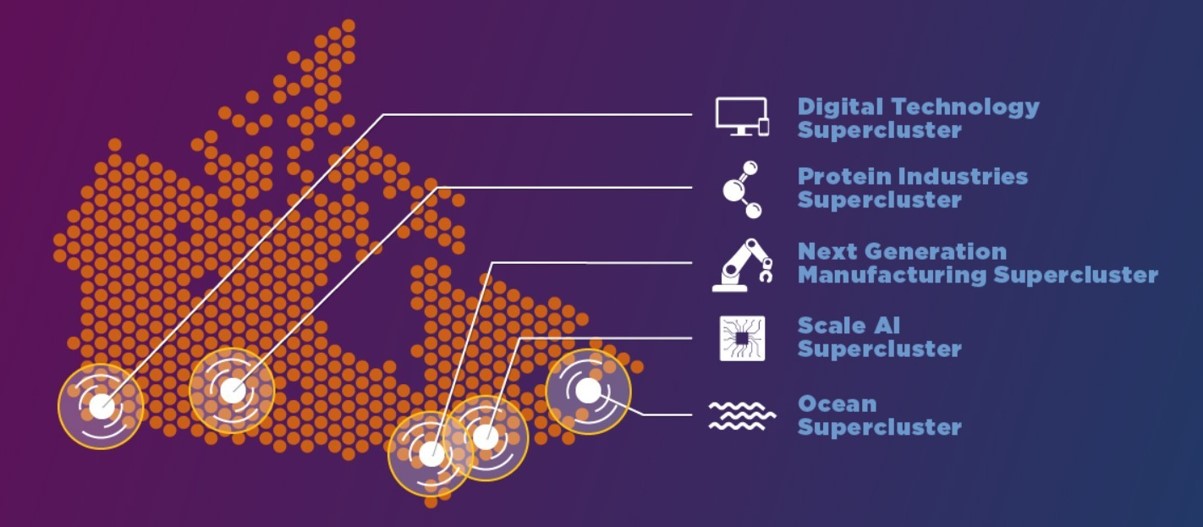
Canada has spent a lot of time thinking about how to develop its AI ecosystem, and I believe it is, in many ways, an example that South Korea can emulate. If you take a look at the country’s AI ecosystem, the Canadian government allocates and provides access to computing resources to universities across the nation. Moreover, Canada is home to many artificial intelligence experts. This is because Canada’s research culture supports research programs that take decades to come to fruition. Researchers in Canada can conduct the same research for decades, but in South Korea, that would raise flags for redundancy. Stretching the timetable over even just three years is a challenge in South Korea. We need to learn from Canada’s example and innovate our research ecosystem.
South Korea’s Competitive Edge: Semiconductors, Batteries
Establishing K-standard as the global standard
Economic nationalism is expected to be on the rise again with the Biden administration coming to power. President Biden has signed an executive order requiring a review of the supply chains of four key products: semiconductors, EV batteries, rare earth metals, and pharmaceuticals. The U.S. government has also set a net-zero carbon goal. We must examine how these decisions will affect industries. Carbon neutrality, for example, will become a key factor of global competitiveness in the future. However, with only 15% of our small and medium-sized enterprises (SMEs) getting ready for a carbon-neutral world, South Korea is not prepared for a zero-carbon future. We need to identify our strengths and play to them. Fortunately for us, South Korea has an edge in two of the four sectors that the U.S. government has highlighted: semiconductors and batteries. We have to make an effort to stay competitive and to maintain our edge in these areas. Given that these industries intersect with digital transformation, data will also be important in the future. The Presidential Committee on the Fourth Industrial Revolution has also started reviewing issues related to data governance. Since both the ruling and opposition parties recognize data governance as an important matter, it should continue to be an integral part of the next administration’s agenda as well.
Texas cold snap sounded the alarm on climate change;
Surmounting the crisis with technological innovations
The U.S. state of Texas was recently hit with a cold snap. In some ways, it was one of the most striking examples of the environmental crisis that we face today. Climate change brought freezing temperatures to Texas by bending the jet stream, and semiconductor factories were forced to shut down as a result. With the state’s unique electrical system, it is said that Texas, in a way, suffered a disaster of its own making. Nevertheless, last year, the U.S. government pledged to achieve carbon neutrality, and the “Green New Deal” emerged as a key issue. The South Korean government has also announced plans to shift to hydrogen and battery-powered vehicles for official use. Ultimately, environmental pollution and global warming will become integral parts of our agendas, and technological revolution will have to address the ongoing environmental crisis.
Workers are deeply concerned about losing their jobs to AI
However, AI will create more jobs than it replaces
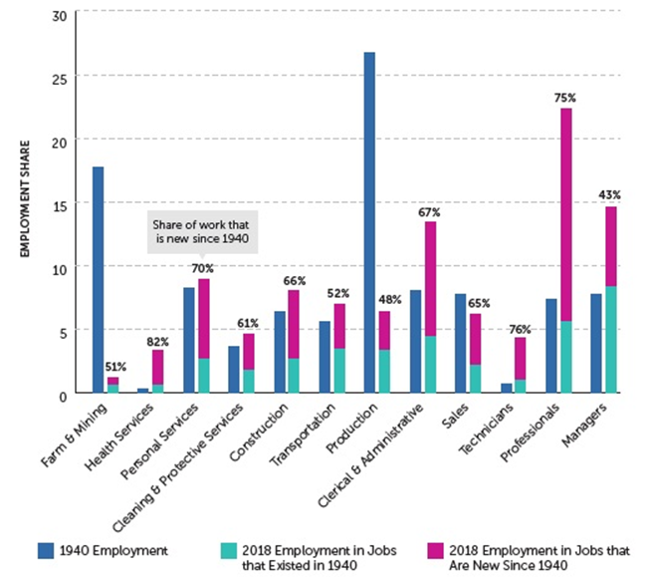
(Source: MIT “The Work of the Future” Report / Sung-Roh Yoon’s presentation slides)
The most challenging issue is the job crisis. I think it is natural to worry about losing our jobs to artificial intelligence and robots. However, this is our fourth industrial revolution. There would have been similar concerns in the first and the second industrial revolution. But what is hopeful about the future is that technological innovations could lead to more jobs. According to the World Economic Forum (WEF), machines will displace some 85 million jobs, but eventually, they will create more than they destroy. The OECD has advised South Korea to leverage artificial intelligence and Industry 4.0 innovations to overcome the challenges of aging and declining populations. The invention of automobiles led to a sharp decline in the number of coachmen. However, it created more professional drivers than the coachmen that it displaced. Similarly, 63% of jobs performed in 2018 did not exist in 1940. If we consider that the world is more populated today, we can conclude that many jobs have been created since 1940. Taking this into account, I would like to—cautiously—predict that we could use this new technology called AI in the future to create more jobs.
Of course, revolutionary technologies are a great thing. However, from a social perspective, change that happens too fast could lead to many problems. This is what we, the Presidential Committee on the Fourth Industrial Revolution, are here for—to bridge the gap between technological revolution and social advancements.
[Q&A]
Q. Could you describe what the committee’s agendas—its primary focus—are? And could you describe how the committee plans to handle challenges that it will face with each of its agendas?
A. I know there are concerns that the committee’s agenda may be too broad. This year marks the fourth year of the committee’s establishment, and this year, we are focusing on data-related issues—which is why we established a special committee on data this year. Through the Korea Data 119 Project, we laid out 11 tasks and 9 services as our goals for this year. If our focus was on artificial intelligence last year, this year, we are thinking about how we can build better data policies and data governance. Aside from those that I have just mentioned, the committee is also focusing on issues related to digital healthcare and smart city. Because various conflicts of interests may arise as these technologies are introduced and adopted by society, the committee is also working with things like hackathons to mitigate the negative effects of technologies.
Until last year, the Presidential Committee on the Fourth Industrial Revolution acted as an advisory group. As an advisory body under the President, we had various roles— we presented ideas, measured public opinion, and served as a communication channel. We received criticisms, however, that our work lacks enforceability, and this was, in fact, something that had been hindering our work. So this year, to strengthen our enforcement capacity, we expanded our organization to include the Prime Minister and 12 ministers of relevant ministries.
Q. An important priority as we move forward will be to build an innovation ecosystem in South Korea. What are the committee’s thoughts on this matter?
A. I agree that establishing an ecosystem is important not only for data and startups but also for sustainability. For data, the committee has established a special committee on data. We brought in independent experts and representatives from relevant ministries to form various groups dedicated to establishing an ecosystem for data. We are also making sure that we do not overlook issues related to mobility and health care ecosystems.
Sung-Roh Yoon is a renowned expert in artificial intelligence and big data. He received his B.S. in Electrical Engineering from Seoul National University and his M.S. and Ph.D. in EE at Stanford University. He was a research engineer at Intel Corp. and is currently an associate dean (student affairs) of the College of Engineering and a professor of Electrical and Computer Engineering at SNU. He was appointed the Chairperson of the Presidential Committee on the Fourth Industrial Revolution in February 2020.
< Copyright holder © TAEJAE FUTURE CONSENSUS INSTITUTE, Not available for redistribution >

